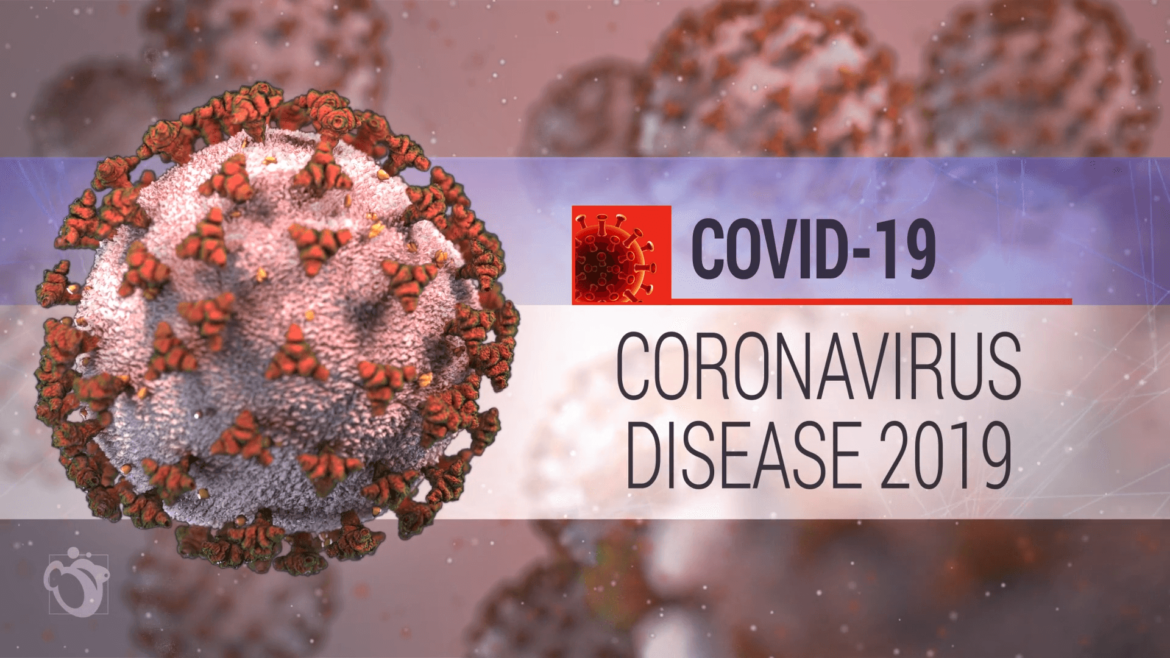By Asmau Ahmad
The first official clinical definition of living with “post COVID” sickness, has been agreed upon following global consultation and released to help boost treatment for sufferers, the UN World Health Organisation (WHO) has said.
Dr Janet Diaz, Head, Clinical Management, WHO, said “the emerging illness, which is also referred to as “long COVID” among many other similar iterations, occurs in individuals who have had confirmed or probable new coronavirus infections.
“It occurs usually three months on from the onset of the COVID-19 (and) with symptoms that last for at least two months and cannot be explained by an alternative diagnosis,” Diaz said on Friday in Geneva.
Until now, a lack of clarity among healthcare professionals about the condition has complicated efforts in advancing research and treatment, WHO explained, in a document detailing its reasons for pursuing a globally standardised clinical case definition.
WHO official explained that symptoms included “fatigue, shortness of breath, cognitive disfunction, but also others which generally have an impact on everyday functioning.
“Symptoms may be new-onset, following the initial recovery from the acute episode, or persist from the initial illness and then symptoms can also fluctuate or relapse over time.”
WHO noted that most patients who suffer from COVID-19 fully recover, although some suffer “long-term effects on several body systems, including pulmonary, cardiovascular and nervous systems, as well as psychological effects.”
These effects can happen irrespective of the initial severity of infection; they also occur more frequently in women, middle age, and in those who displayed more symptoms initially.
Describing the new definition as “an important step forward” in standardising the recognition of patients with post COVID-19 condition, Diaz said it was the UN agency’s hope that “it will help workers recognise patients.
“It will help clinicians and health workers recognise patients and start them on appropriate treatments and interventions and clear pathways.
“We hope that policymakers and health systems will set up and implement integrated health models to care for these patients,” she said.
Although several tests exist for the initial COVID-19 infection, there is no such solution for post COVID-19 condition, and it is still unclear exactly what triggers it in sufferers.
“Is it viral persistence, and/or, is there microthrombosis (or) some problem with the vasculature,” Diaz said, outlining some of the current thinking among scientists carrying out research in the field.
“And/or is there problems of autoimmunity, or the immune system that is disfunctioning and that’s causing some of the symptoms?” he added.




